Madonna adds sixth UK date to 'Queen of Pop' tour as demand for tickets surges - here's how to get them
People in this article
This article contains affiliate links. We may earn a small commission on items purchased through this article, but that does not affect our editorial judgement.
and live on Freeview channel 276
Madonna has added a sixth UK date to her 'Queen of Pop' tour which kicks off later this year.
The music icon will now perform six shows at London's O2 staring from October 14 and finishing on December 6, 2023.
Advertisement
Hide AdAdvertisement
Hide AdIn between, Madonna is set to perform at a host of other major European venues.
More ticket dates have been announced for Madonna's tour, as fans had been disappointed at missing out when demand surged.
It’s been forty years since Madonna Louise Ciccone released her debut album, Madonna, and since then the Queen of Pop’s glittering career has seen some highs and some lows. But throughout her life in the music industry, the now 64-year-old has managed to adapt and evolve to the trends and fashion of the times.
With Madonna having wiped her Instagram clean overnight, the musician confirmed this afternoon a world tour, Madonna: The Celebration Tour, celebrating her 40th anniversary in the music industry, with a London date set for The O2 on October 14 2023. Tickets go on sale starting Friday, January 20th at 10am from Madonna's website.
Advertisement
Hide AdAdvertisement
Hide AdWhat can audiences expect from the retrospective Madonna has planned for her world tour? Will any of her iconic moments in fashion make it to the stage, from her mish-mash of New York boho chic in the 80s through to the grills and dayglo throughout the ‘00s?
Peopleworld celebrates 40 years of Madonna by looking at some of her most iconic fashion choices and musical influences throughout the prominent career of the Queen of Pop.
Like A Virgin and Desperately Seeking Susan
Having released her debut album in 1983, earning chart success early in her career with singles Holiday and Lucky Star, Madonna’s dress sense changed in the lead-up to the release of her second album, Like A Virgin. Little did she know, perhaps, how much of a style icon she would become for her choice of outfits during her early success.
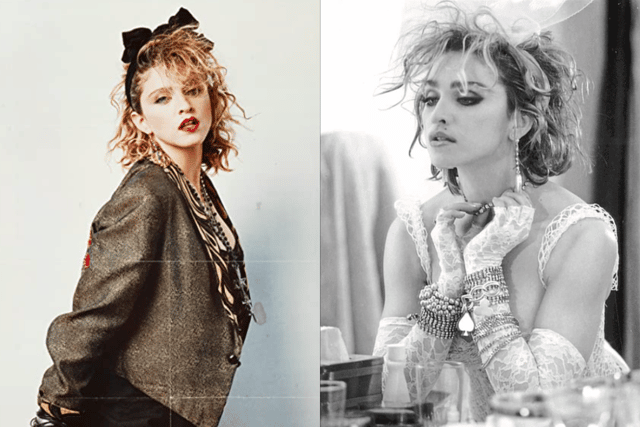

Richard Corman, one of the first photographers to collaborate with Madonna, looked back at his shoot and explained her appeal to many fashionistas: “Just the way she was dressed, her hair, her makeup. Everything about her style and her swag was just 21st century. Between the denim and the red lips, and the cat eyes, the dark roots. Everything about her was now.”
Advertisement
Hide AdAdvertisement
Hide AdKnown for layering accessories one on top of another, including the use of crucifixes that Italian Vogue claim Madonna was the first to add to her wardrobe, the more glamorous moments at this juncture of her career saw the Like a Virgin performer take to wedding dressings accessorised with New York chic. On other occasions, like her style in the 1985 film Desperately Seeking Susan, an amalgamation of casual styles - all once again heavily accessorised. It was a style Madonna would continue, albeit a little more “feminine” throughout her Like A Prayer album cycle.
Vogue and I’m Breathless
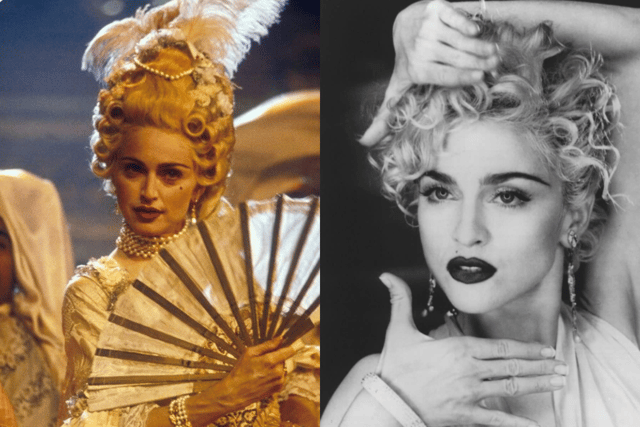

Drawing influence not only from her movie role alongside then-beau Warren Beatty but from her roots in New York City, Vogue-era Madonna saw the musician amalgamate synthetic stabs within her music and created an element of ambiance during this time. Who can forget the sweeping introduction to the title track - or that performance at the 1990 MTV Video Music Awards.
Adopting a 1920’s art deco aesthetic around the time of her album, I’m Breathless (which would act as the soundtrack to the Dick Tracy movie), the music video for Vogue was shot by David Fincher and is considered one of the greatest music videos ever made. From Madonna flitting between a suit and a sheer outfit, Madonna brought “voguing” from the ball scenes of New York City (and gave more attention to the acclaimed documentary, Paris is Burning, released a year later) to the masses.
Erotica and Sex
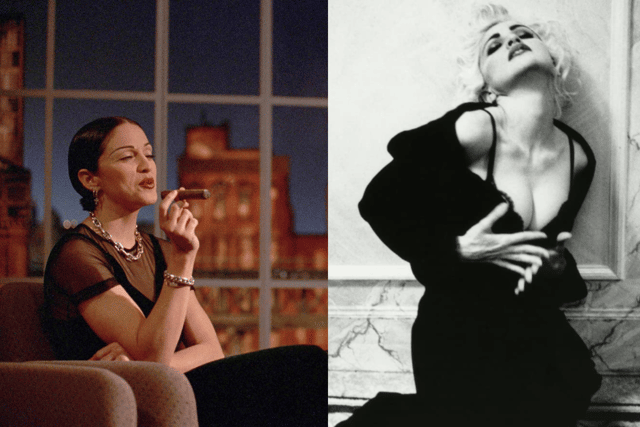

Madonna had continually pushed the envelope regarding sexuality in the lead-up to the triple threat of controversy; her album Erotica, the music video for Justify My Love and her coffee table book, Sex. Scholars who have looked into the cultural impact of Madonna cite this era and one that opened the floodgates when it came to female empowerment and sexuality being a more open conversation than one with a stiff upper lip.
Advertisement
Hide AdAdvertisement
Hide AdHer approach however might have been a little heavy-handed: once again looking to stay on the bleeding edge of culture, Erotica era Madonna explored S&M and LGBT themes while looking to elicit as much lighting with this rod of controversy. The peak of Madonna’s infamy during this time (if a coffee table book and being banned once again on MTV didn’t cut it) would be her appearance on The Late Show with David Letterman, with the musician swearing, smoking a cigar and exchanging double entendres, followed by singular entendres, with David Letterman.
There were concerns that perhaps Madonna had overstepped the boundaries of decency and taste with her triumvirate of sexually suggestive works. She looked to temper this image down a little during her Bedtime Stories album cycle - however, she would emerge once again as a style icon with her comeback.
Ray of Light and comeback
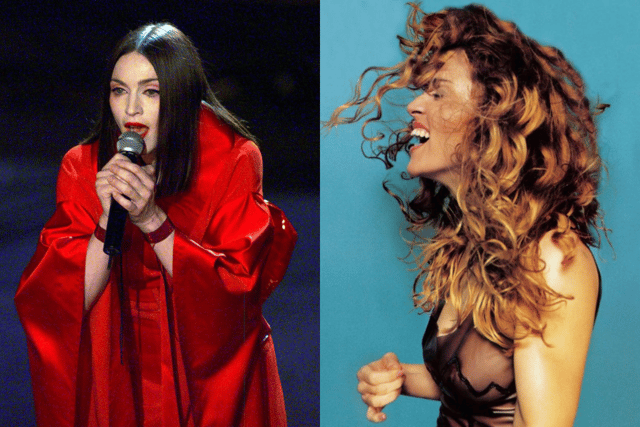

When Frozen was first released as a music video during the halcyon days of music television, many were caught off guard by Madonna’s approach with what is considered her comeback album, Ray of Light. The mood single, produced by William Orbit, played more with soundscapes and atmospheres compared to Madonna’s previous works.
At this time, Madonna was vocal about her new faith in kabbalah, which in part influenced the Gothic-looking costume and henna tattooing for the music video. If that look wasn’t enough to shock the system of many fans, her more casual denim attire throughout the pages of Ray of Light was a marked difference from her Bedtime Stories and Erotica eras.
Advertisement
Hide AdAdvertisement
Hide AdRay of Lights would scoop a host of awards, including three Grammy awards, and demonstrated that Madonna was still attuned to trends in popular culture and remained sharp to trends within the music scene.
Confessions on a Dancefloor
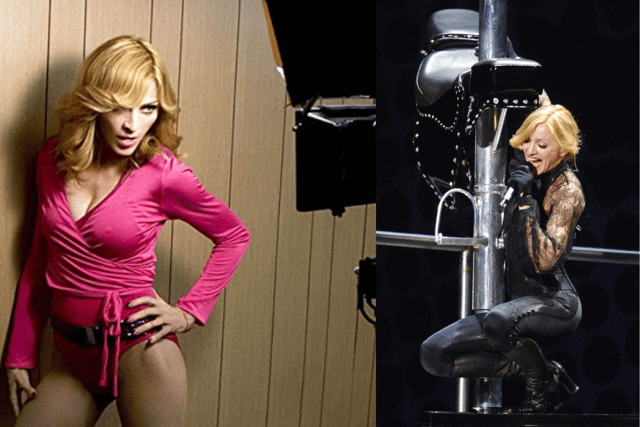

Skipping quickly past Madonna’s “cowgirl” phase during the release of Music and her relative military-chic look during American Life, Madonna’s transformation into a pastel-wearing, sheer-adorned dancer once again gathered the attention of the public. Some, however, took this as a chance to write Madonna off as jumping the shark once again which many these days could consider a form of ageism.
Her music at this time wasn’t as cutting edge as her previous transformation, adopting more samples (including sampling ABBA, another cause celebre people had) and disco influences at a time that nu-disco and disco-punk became a popular subculture of music and fashion bubbling under the surface.
Madame X
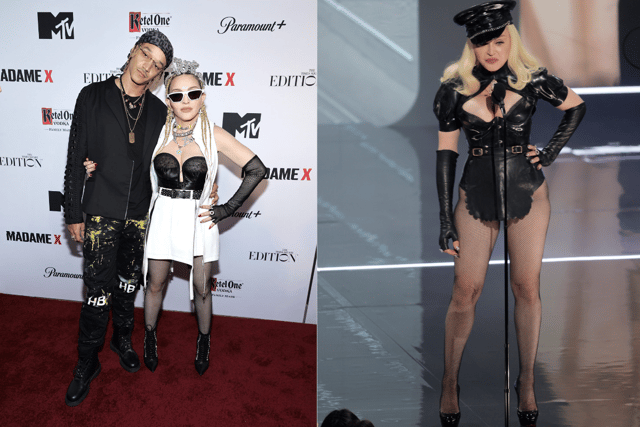

This brings us to modern era Madonna; after the release of Hard Candy, MDNA and Rebel Heart, Madonna found her new groove in the form of trap production and working with more offbeat producers. Offbeat for Madonna, we should add - teaming up with Diplo and Pharell Williams might not seem odd, but her approach to the album was more of a grittier, art-pop affair.
Advertisement
Hide AdAdvertisement
Hide AdQuite happily now looking to create trends rather than be influenced by or emulate, Madame X era Madonna has seen her combine the trends of southern and Latin hip-hop fashion with a throwback to her Like A Virgin days. It always seems to be about how to accessorize with Madonna, and how those little style clashes seem to work in the Queen of Pop’s favour.
Comment Guidelines
National World encourages reader discussion on our stories. User feedback, insights and back-and-forth exchanges add a rich layer of context to reporting. Please review our Community Guidelines before commenting.
